Eight Reasons to Consider Canning
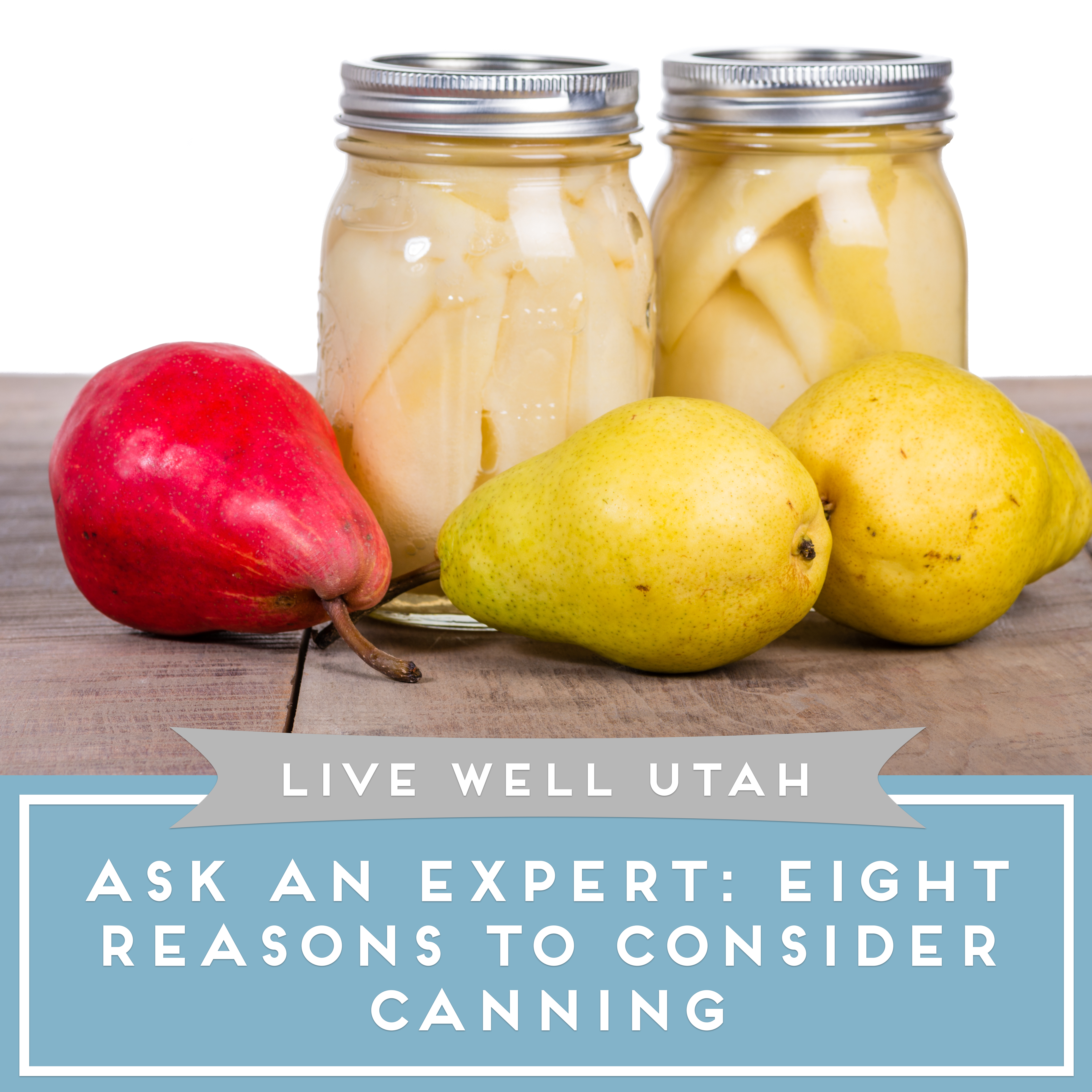
Canning your produce can make your harvest go a long way. The practice is economically beneficial and preserves your gardening efforts!
Now that gardens are planted and fruit trees are showing signs of small fruit, many people begin planning how they will preserve the harvest – canning, freezing, drying and even freeze-drying. However, even die-hard food preservers may ask at times if the efforts of growing produce and preserving are really worth it. Here are eight things to consider.
Emergency preparedness – Preparing for potential job loss, earthquakes or other natural disasters serve as incentives for many to participate in food storage and preservation.
Economically beneficial – Whether food preservation actually saves money depends on several factors: if you are able to grow your own high-quality produce; if you own the correct equipment in very good to excellent condition; the cost of electricity, natural gas or propane; and the cost of added ingredients and supplies such as sugar, pectin, lids, bottles or freezer bags. A first-time food preserver may find it cost prohibitive to purchase a new pressure canner, dehydrator, or water-bath canner along with all the containers, etc., but those can be purchased over time.
Time saving – When considering this factor, it is important to think beyond the actual time to harvest, prepare and preserve the food. The time savings actually comes into play down the line when the convenience of having a bottle of stewed tomatoes or frozen chopped onions and peppers on hand to make spaghetti sauce alleviates a trip to the grocery store or time spent preparing these items fresh.
Quality control – Time from harvest to jar or freezer is minimized when you can pick peaches in the morning and have them canned that same afternoon. Sometimes several days go by between harvesting/picking in a commercial orchard to the processing plant. Also, when it’s your hands sorting through the produce to make certain everything is cleaned and unwanted pieces are discarded, you are more confident in the overall quality of what you preserve.
Flavor – In general, it is difficult to find commercially preserved foods without added salt, sugar, spices and in some cases dyes and firming agents or other additives. To a large degree, home preserved foods can be prepared with reduced salt/sugar and added spices in your preferred amounts.
Health benefits – Those who have food allergies must always be on the watch for commercially prepared foods that have possible contamination from tree nuts, gluten and other potentially harmful allergens. Besides the freshness factor, when food is preserved at home, you are in control and can ensure that foods are properly prepared for your family. Reduced sugar recipes for diabetics and lowered salt content for family members with high blood pressure can also be used.
Reduced food waste – Home gardeners often produce more food than can be harvested and used fresh. For example, rather than having many stalks of ripened corn go to waste, cobs can be shucked, then cobs or kernels may be blanched and frozen. Remaining stalks can then be donated to a farmer to be used to feed goats or other livestock.
Emotional satisfaction – The idea of producing high-quality foods for future use – and from scratch – can be very satisfying. The best way to feel totally confident in what is sitting on the shelf or in the freezer is to simply follow the approved guidelines and steps established by science and research; not necessarily from a blog, Pinterest or a Facebook post.
For more information on home food preservation, contact your local USU Extension office or visit the National Center for Home Food Preservation at www.nchfp.uga.edu.
This article was written by Kathy Riggs, Utah State University Extension professor, kathleen.riggs@usu.edu or 435-586-8132
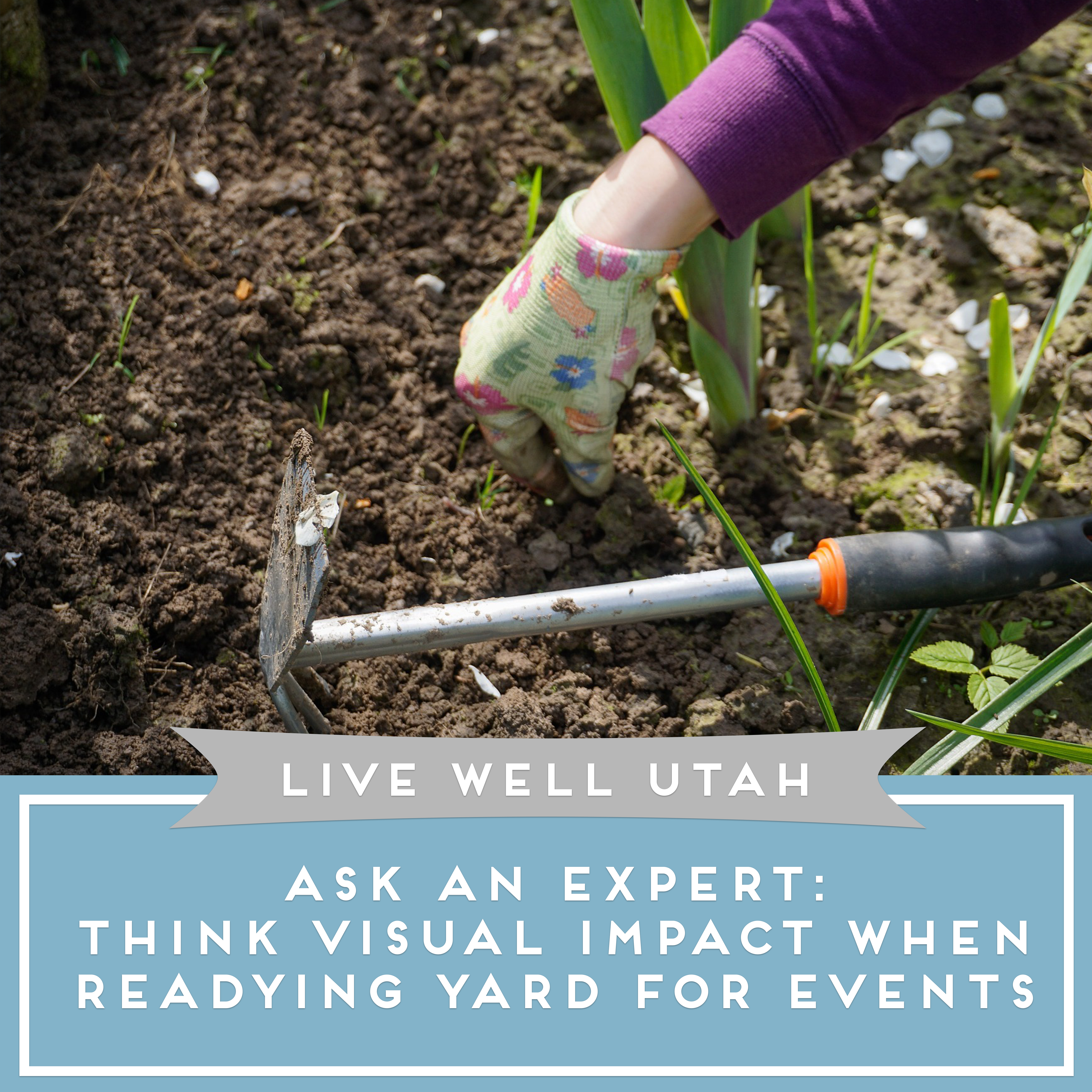




 Imagine your pesky garden weeds as flowers, fertilizers, and salad greens. What if you could swap your sprinklers for rain showers?
Imagine your pesky garden weeds as flowers, fertilizers, and salad greens. What if you could swap your sprinklers for rain showers?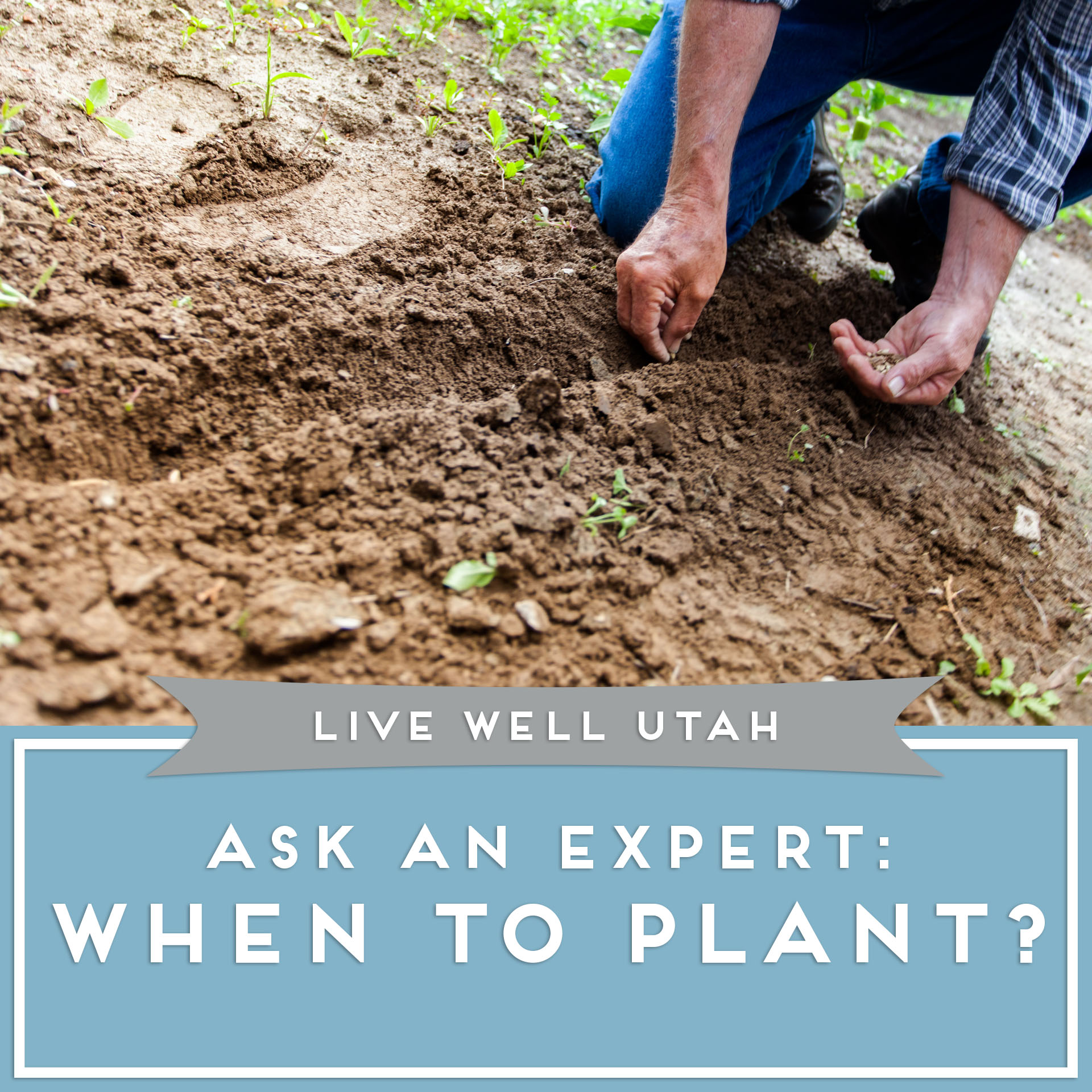
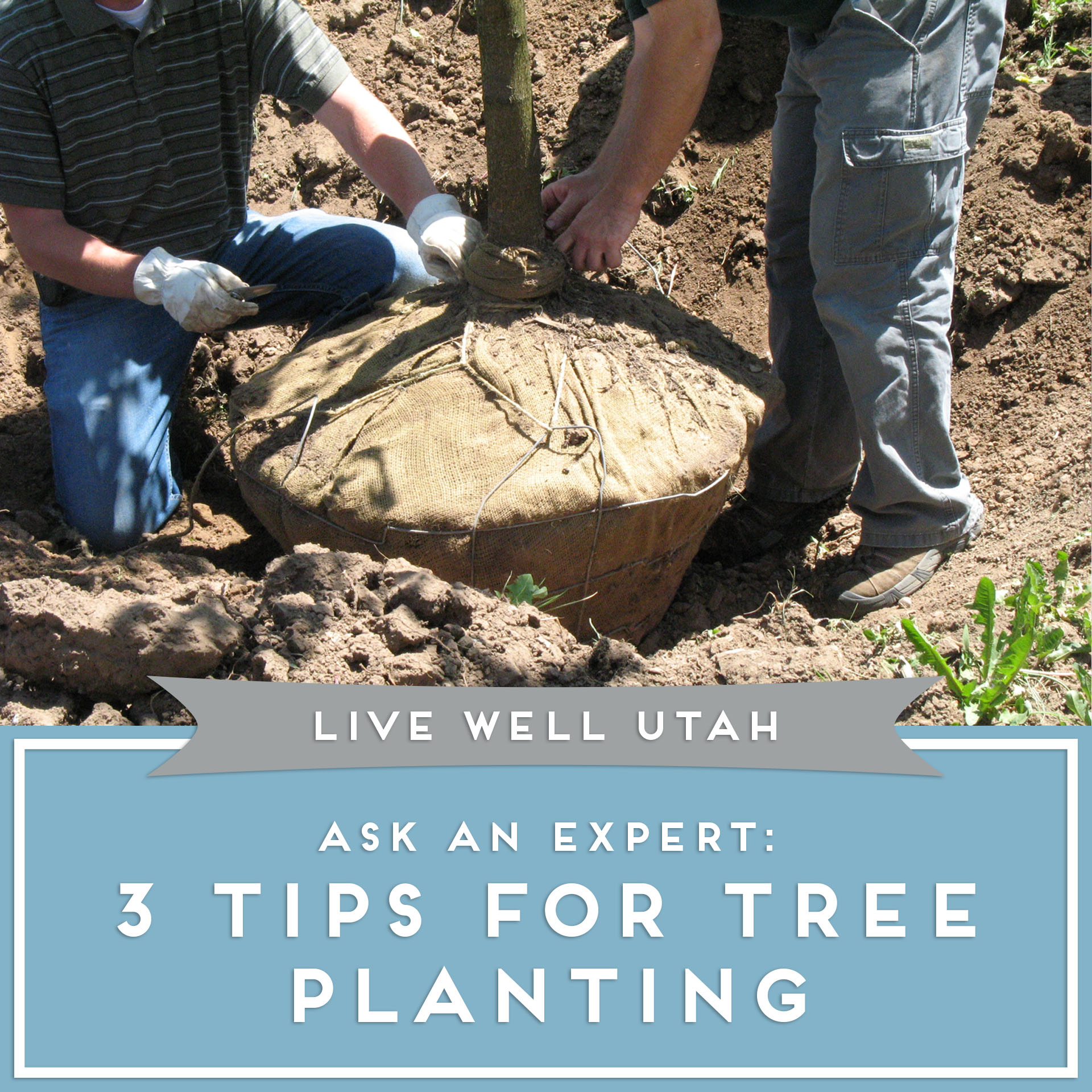 Trees are an integral part of landscaping, and it’s important to know the basics of starting them out right so they will flourish for many years to come. Here are answers to three frequently asked questions about tree planting.
Trees are an integral part of landscaping, and it’s important to know the basics of starting them out right so they will flourish for many years to come. Here are answers to three frequently asked questions about tree planting.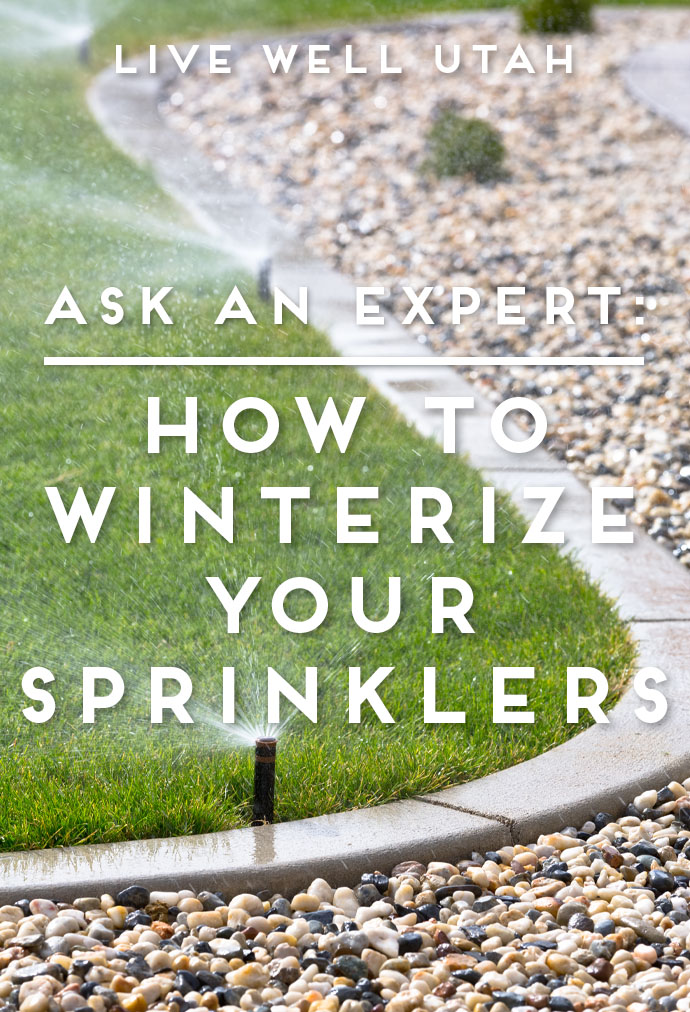 Find out how to prepare your sprinklers for cold winter temperatures with this instructional video.
Find out how to prepare your sprinklers for cold winter temperatures with this instructional video. Can you plant in the fall? The answer is yes! Watch USU Extension gardening expert Jerry Goodspeed share some tips on fall planting on KSL’s Studio 5.
Can you plant in the fall? The answer is yes! Watch USU Extension gardening expert Jerry Goodspeed share some tips on fall planting on KSL’s Studio 5.
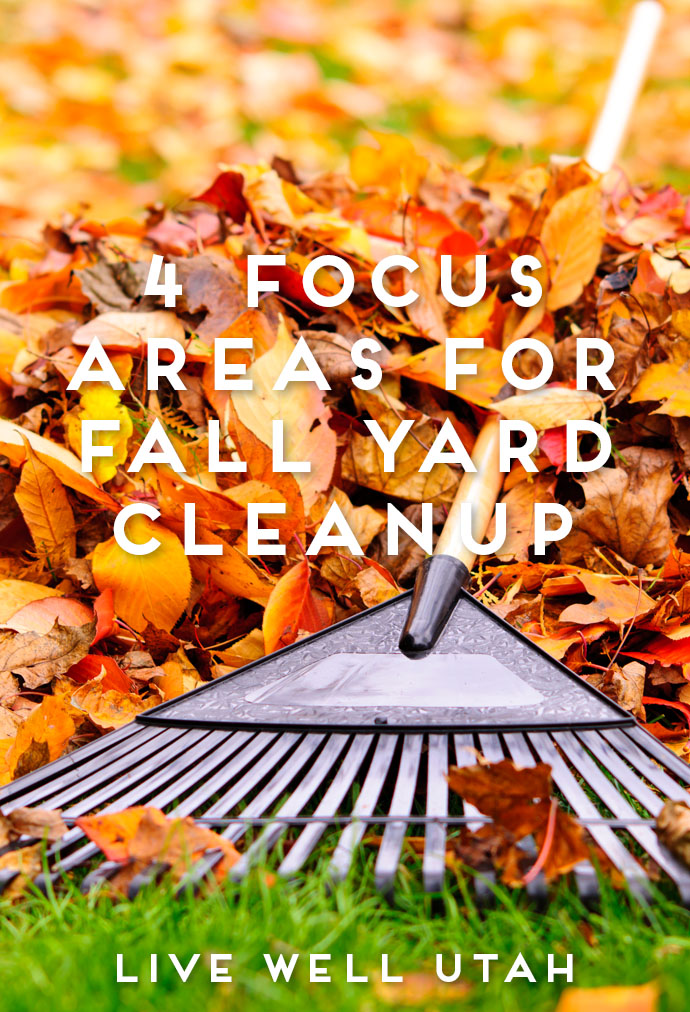 The weather is cooling off, but we’re not done with yardwork for the year. Here are a few tips on how to put your yard and garden to bed for the season.
The weather is cooling off, but we’re not done with yardwork for the year. Here are a few tips on how to put your yard and garden to bed for the season.